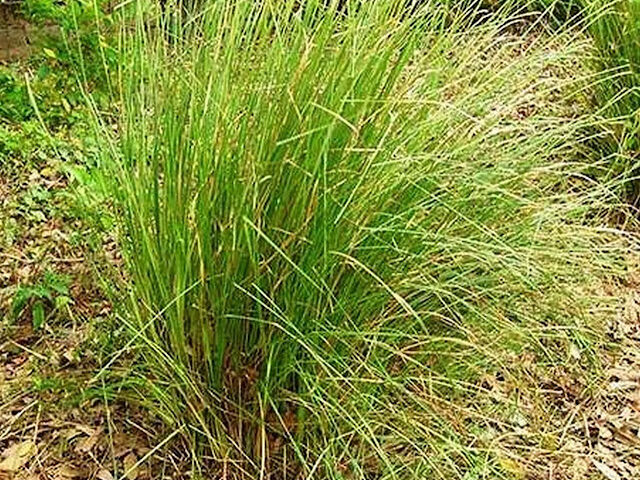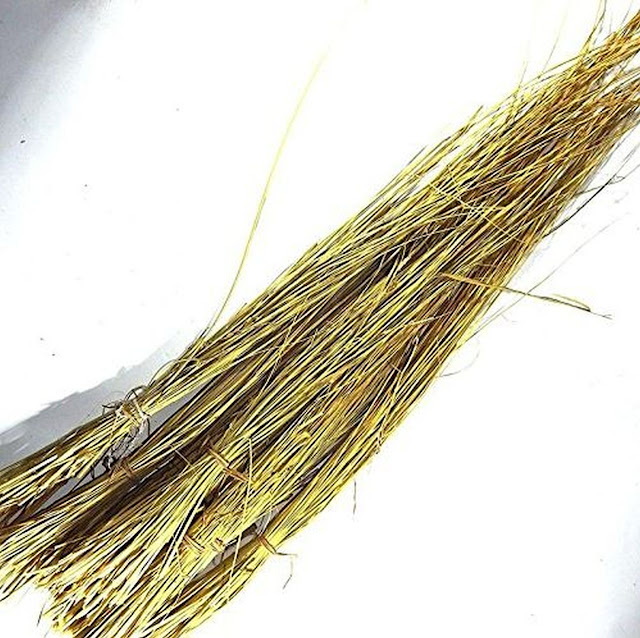Darbha Grass Scientific Details:-A Sanctuary of Serenity: The Positive Influence of Kusha Grass
- Scientific Name : Desmostachya bipinnata.
- Botanical Classification: Belongs to the family Poaceae (grass family).
- Description: It is a tall, tufted, perennial grass that branches from the base with erect stems reaching up to 1.6 meters. It has a stout, creeping rootstock and long, linear, and somewhat rigid leaves. The inflorescence is a slender, contracted panicle with silky-hairy spikelets.
- Distribution: Native to the Old World, found throughout India, tropical and northern Africa, the Middle East, and temperate and tropical Asia.
- Chemical Composition: Contains crude protein and crude fiber. Phytochemical analysis has revealed the presence of alkaloids, flavonoids, terpenoids, glycosides, saponins, coumarins (like scopoletin and umbelliferone), and phenolic compounds (like kaempferol and quercetin). The roots contain cylindrin, arundroine, and feninole iso arboricole.
Varieties: Four subspecies have been identified based on morphological and reproductive characteristics: bipinnata longispiculata, bipinnata jodhpurensis, bipinnata sheelai, and bipinnata agraensis.
Darbha grass (Kusha Grass) name in different languages:-
- Scientific Name : Desmostachya bipinnata
- English:-Halfa grass, big cordgrass, salt reed-grass
- Hindi -कुशा घास” (Kusha grass)
- Malayalam :– ദർഭ ഗ്രാസ്
- Sanskrit :-Kusha ( कुश) also known as Darbha (Sanskrit: दर्भ) and Pavitram (Sanskrit: पवित्रम्)
- Tamil :-Teruppai (Tamil).
Darbha Grass Powder: Unlocking New Positive Wellness Potentials
Dharbha Grass ദർഭ പുല്ല് Shipping all over India Coir type and grass
3 Fascinating Facts About the Sacred Darbha Grass
Ritual Purification through Water Infusion:
During hymn recitation, a bunch of Darbha grass acts as a conduit, its tips immersed in a water-filled pot. The water is believed to absorb the positive vibrations of the chanted mantras as they flow through the sacred grass. This energized water is then sprinkled to purify the surrounding space and objects.
Protection of the Sacred Fire:
In the performance of fire rituals, Darbha grass is strategically placed on all four sides of the sacred fireplace. This arrangement is part of the ritualistic boundary and contributes to the sanctity of the ceremony.
Personal Shielding During Vedic Chanting:
When reciting verses from the Vedas, a ring crafted from Darbha grass is traditionally worn on the ring finger of the right hand. This ring is believed to act as a protective shield, preventing negative vibrations from interfering with the chanter’s focus and spiritual connection.




